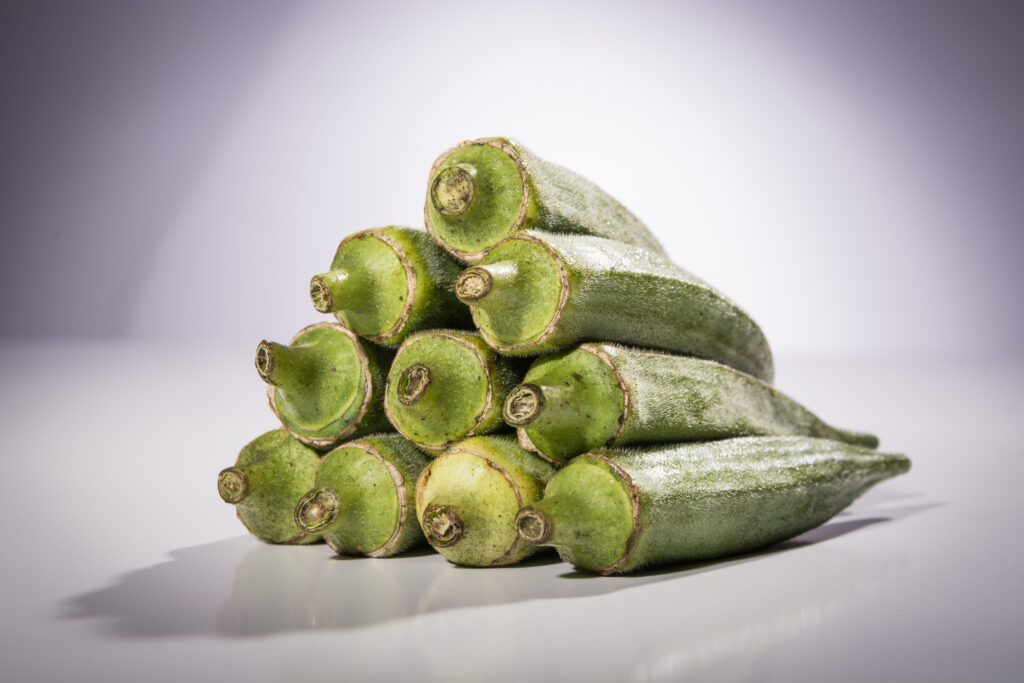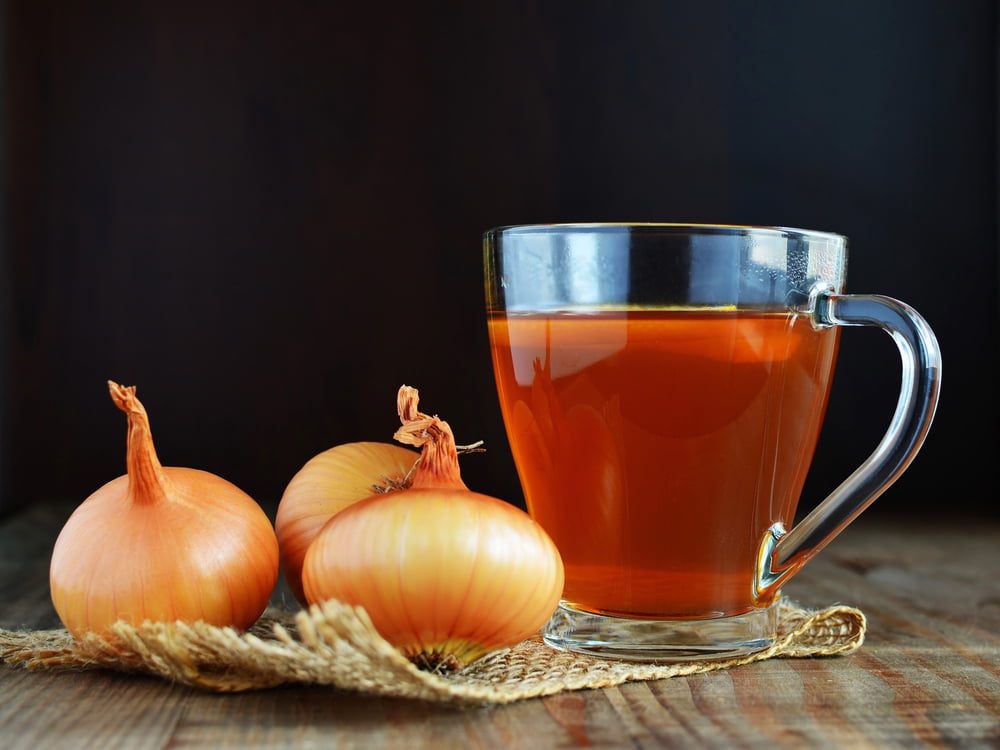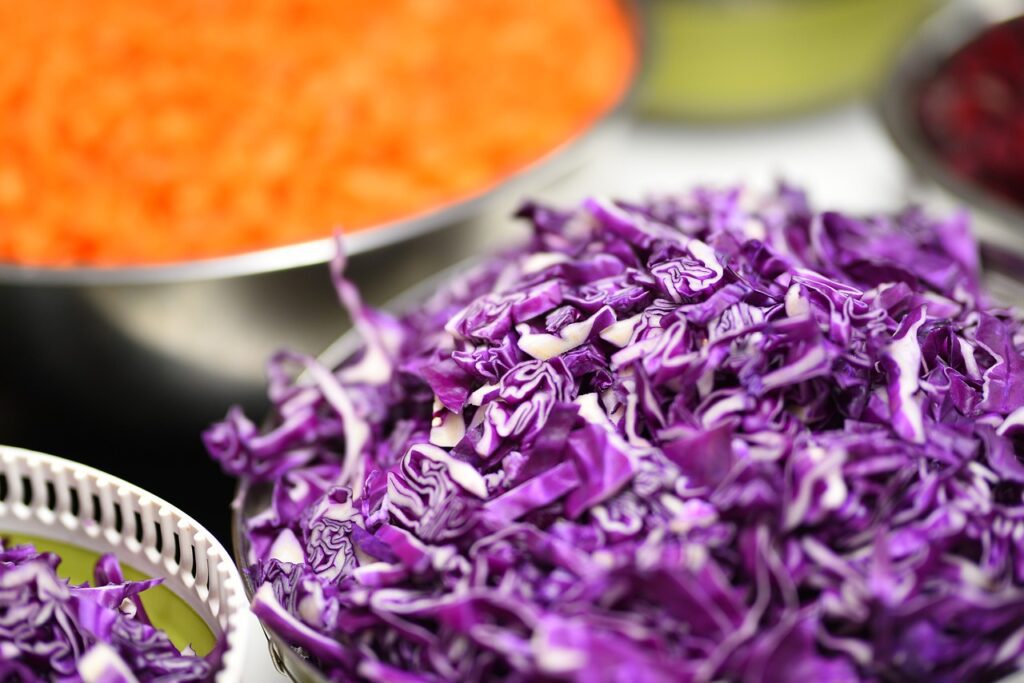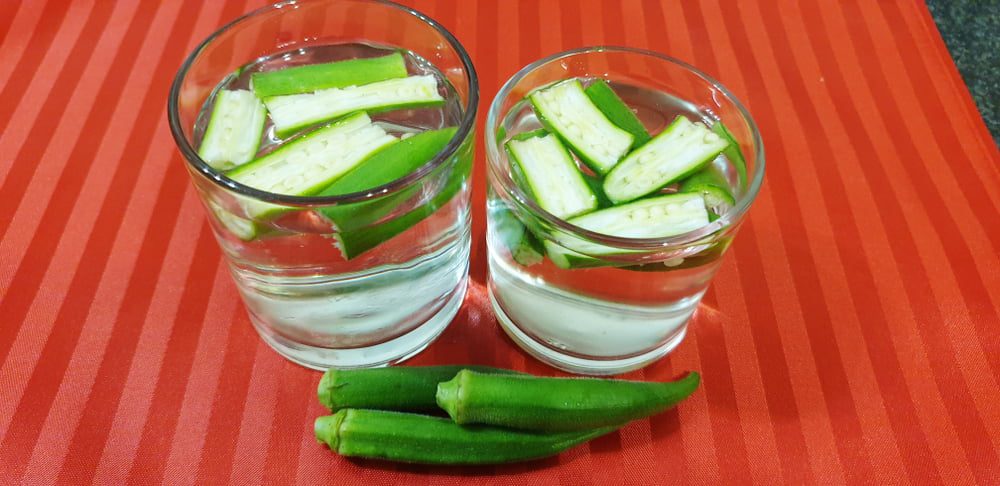Baobab is a unique fruit known for its exceptional nutritional value and distinctive flavor. Often referred to as the “superfruit,” baobab has gained popularity worldwide. But what does baobab taste like? In this article, we delve deep into the flavor profile of baobab, backed by expert insights, scientific evidence, and frequently asked questions.
The Baobab Fruit: An Overview.
The baobab tree, scientifically known as Adansonia, is native to the African savannah. It’s also known as the “Tree of Life” due to its longevity and various uses. The fruit it bears is a large, oval-shaped pod with a hard shell, containing a dry, powdery pulp and seeds.
Flavor Profile of Baobab.
Baobab fruit has a distinctive taste that can be described as a combination of citrusy, tangy, and slightly sweet flavors. The taste is often compared to:
- Citrus Fruits: The most prominent flavor in baobab is its tanginess, reminiscent of lemon, lime, or grapefruit. This citrusy taste is due to its high vitamin C content.
- Tartness: Baobab has a sour, tart flavor, which is often likened to the taste of tamarind or sour candies.
- Slight Sweetness: Despite its tangy nature, baobab also has a subtle sweetness that balances its overall flavor, similar to a mild pear or melon.
Expert Insights on Baobab Flavor.
| 💡 Expert Insights. To provide a deeper understanding, we spoke to nutritionist and food scientist Dr. Karen Evans, who has extensively studied baobab and its culinary uses. Dr. Karen Evans: “Baobab is unique because it offers a complex flavor that can enhance various dishes. Its tangy and slightly sweet profile makes it versatile for both sweet and savory recipes. The high vitamin C and fiber content contribute to its tartness, making it a refreshing addition to smoothies, desserts, and even savory sauces.” |
Culinary Uses of Baobab.
The versatile flavor of baobab makes it suitable for a variety of culinary applications:
- Smoothies and Juices: The tangy taste of baobab powder or pulp can add a refreshing twist to smoothies and juices. It pairs well with tropical fruits like mango, pineapple, and banana.
- Desserts: Baobab can be used in desserts such as ice creams, sorbets, and pastries. Its tartness can balance the sweetness of sugar, providing a unique flavor profile.
- Baking: Baobab powder can be incorporated into baked goods like muffins, cakes, and bread. It adds a zesty flavor while boosting the nutritional content.
- Savory Dishes: In African cuisine, baobab is often used in soups and stews. Its tanginess enhances the flavors of meats and vegetables.
Nutritional Benefits of Baobab.
Baobab is not just known for its taste but also for its impressive nutritional profile. It is packed with essential vitamins and minerals, making it a superfood.
- High in Vitamin C: Baobab contains six times more vitamin C than oranges. This high vitamin C content contributes to its tangy taste and provides a powerful antioxidant boost.
- Rich in Fiber: The fruit is an excellent source of dietary fiber, promoting digestive health and aiding in weight management.
- Packed with Antioxidants: Baobab has high levels of antioxidants, which help combat oxidative stress and inflammation in the body.
- Essential Minerals: It contains calcium, potassium, magnesium, and iron, which are vital for overall health.
Personal Experience: A Taste Test.
To offer a first-hand account of baobab’s flavor, I conducted a taste test with friends and family, introducing them to baobab powder in various forms.
Smoothie Test.
We added baobab powder to a tropical smoothie blend of mango, pineapple, and banana. The result was a refreshing drink with a noticeable tangy kick that everyone enjoyed.
Baking Test.
Baobab powder was used in a muffin recipe. The muffins had a subtle citrus flavor that was unique and appealing, adding a new dimension to the baked goods.
Snack Test.
We sprinkled baobab powder on yogurt and fruit salad. The tangy flavor complemented the sweetness of the fruits, making it a delightful and healthy snack.
Scientific Evidence on Baobab’s Taste and Benefits.
Research studies have delved into the taste and health benefits of baobab. One study published in the Journal of Food Science and Technology highlighted the fruit’s high vitamin C content, which contributes to its tart flavor and potent antioxidant properties.(1) Another study in the African Journal of Food Science discussed the fiber content and its role in promoting digestive health.(2)
People Can Ask.
The Bottom Line.
Baobab is a fascinating fruit with a unique flavor profile that combines tanginess, tartness, and a hint of sweetness. Its versatility in culinary applications, coupled with its impressive nutritional benefits, makes it a valuable addition to any diet.
Whether you’re looking to boost your smoothie, enhance your baking, or simply enjoy a healthy snack, baobab offers a delightful and nutritious option.
With insights from experts and scientific evidence, it’s clear that baobab is more than just a trendy superfood—it’s a flavorful and health-boosting fruit that deserves a place in your kitchen. So, next time you come across baobab, give it a try and experience its unique taste for yourself.
+3 Sources
Verywelfit has strict sourcing guidelines and relies on peer-reviewed studies, educational research institutes, and medical organizations. We avoid using tertiary references. You can learn more about how we ensure our content is accurate and up-to-date by reading our editorial policy.
- Utilization of whey proteins in beverages using Baobab (Adansonia digitata L.), Roselle (Adansonia digitata L.) and Doum (Hyphaene thebaica) fruits; https://www.researchgate.net/publication/381373768_Utilization_of_whey_proteins_in_beverages_using_Baobab_Adansonia_digitata_L_Roselle_Adansonia_digitata_L_and_Doum_Hyphaene_thebaica_fruits
- Potentials of baobab in food systems; https://www.sciencedirect.com/science/article/pii/S2772502223000380

 Workout
Workout
 Meditation
Meditation





 Contact Us
Contact Us
















